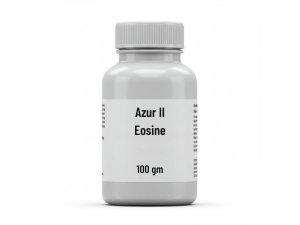Amaranth
₹170.00 – ₹450.00
Amaranth is an anionic dye. It can be applied to natural and synthetic fibers, leather, paper, and phenol-formaldehyde resins. As a food additive it has E number E123. Amaranth usually comes as a trisodium salt.
Amaranth, FD&C Red No. 2, E123, C.I. Food Red 9, Acid Red 27, Azorubin S, or C.I. 16185 is a modified red azo dye used as a food dye and to color cosmetics. The name was taken from amaranth grain, a plant distinguished by its red color and edible protein-rich seeds.
It has the appearance of reddish-brown, dark red to purple water-soluble powder that decomposes at 120 °C without melting. Its water solution has an absorption maximum of about 520 nm. Like all azo dyes, Amaranth was, during the middle of the 20th century, made from coal tar; modern synthetics are more likely to be made from petroleum byproducts.
Additional information
| Weight | N/A |
|---|---|
| CAS number | 915-67-3 |
| Chemical formula | C20H11N2Na3O10S3 |
| Molar mass | 604.47 |
| Physical state | Dark red to purple powder |
| Odor | NA |
| Melting point | >300°C |
| Boiling point | NA |
| Density | 1.5 |
| Solubility in water | Soluble in water (17.2g/100ml,21 ℃), soluble in glycerin and propylene glycol, aqueous solution with purple. Slightly soluble in ethanol (0.5g/100mL 50% ethanol), insoluble in oil. |
| Flash point: | NA |
| Autoignition temperature | NA |
| Dye Content | NA |
| Vapor pressure | NA |
| UN number | NA |
| Flammability | NA |
| Carcinogenicity | NA |
Only logged in customers who have purchased this product may leave a review.








Reviews
There are no reviews yet.